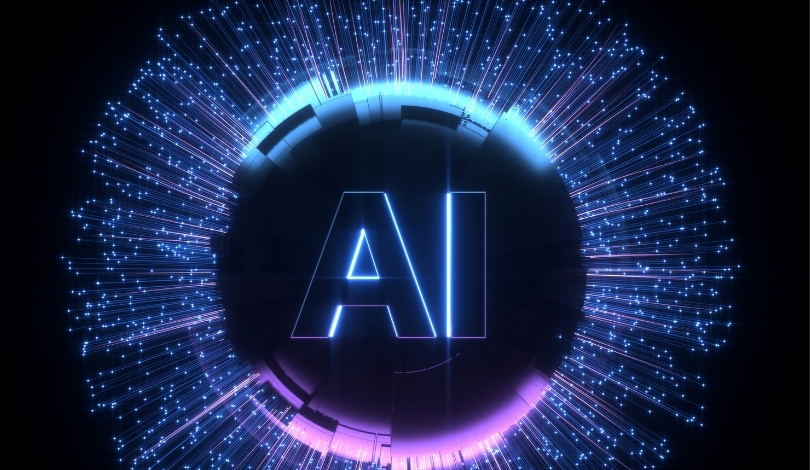Flexion Robotics AG has drawn significant attention with its recent $50 million Series A funding round, underscoring growing investor confidence in the use of artificial intelligence to improve robotics. Interest in generative AI is expanding beyond software, and its application in robotics points to broader ambitions for machines capable of adapting to diverse tasks and unpredictable environments. The Zurich-based startup’s strategic focus on integrating large language models (LLMs) and vision-language models (VLMs) positions it to address some longstanding challenges in the field, such as task generalization and reduced reliance on manual programming.
When earlier reports covered Flexion’s seed funding and early-stage plans, much of the conversation was around prototype development and preliminary simulation tests. Those earlier updates often highlighted the technical hurdles of sim-to-real transfer and the dependence on foundational AI technologies that were still maturing. The company’s approach has since expanded, now emphasizing modularity and a data strategy that leverages both synthetic and real-world information. Compared to those initial reports, the current disclosure of partnerships with established OEMs and ambitions for U.S. market expansion reflect a notable shift toward commercial application and global scaling.
How Does Flexion Structure Its Autonomy Platform?
Flexion has assembled a multi-layered autonomy stack to support robots like Unitree’s humanoids. This stack includes a command layer that translates natural language instructions into actionable tasks, a motion layer that uses vision-language-action models to manage complex behaviors, and a control layer that supports rapid adaptation through a modular skill library. The company claims these layers work together to enable robots to perform a wide range of activities with limited operator intervention.
What Sets Flexion Reflect v0 Apart?
The company’s Reflect v0 architecture integrates LLM and VLM agents to break down tasks, apply common sense reasoning, and handle scheduling. It then uses a general motion generator, synthesizing 3D perception and linguistic commands to plan safe, near-term actions such as object manipulation and navigation. A reinforcement learning-based whole-body tracker ensures the robot executes these commands across variable terrains. Flexion maintains that by separating these layers and using simulation-heavy datasets, its approach remains less dependent on massive amounts of labeled real-world data.
What Will the Funding Be Used For?
The Series A round, led by DST Global Partners alongside investors like NVentures, redalpine, Prosus Ventures, and Moonfire, brings Flexion’s total funding to over $57 million in one year. This financial injection will help the company enlarge its Zurich research team, expand its robot fleet, and establish a presence in the U.S. Flexion also intends to accelerate the deployment of its autonomy stack and strengthen relationships with OEMs. According to the company:
“We are focused on building systems that bring autonomy closer to real-world deployment.”
The startup aims to minimize the need for human oversight and believes that combining synthetic data from digital simulations with real scenarios ensures adaptable and reliable robot performance. In describing this data strategy, Flexion stated:
“Our asymmetric approach to data collection lets us scale quickly and fill critical gaps.”
Despite rapid advancements, the adoption of large language models and reinforcement learning in robotics remains a complex and evolving area. Companies hoping to commercialize robotics platforms must overcome hurdles like hardware integration, real-time system robustness, and extensive safety validation. Investors’ response to Flexion reflects optimism for solutions that balance technological rigor with commercial viability. For stakeholders following robotics trends, keeping an eye on cross-disciplinary developments between AI and engineering can be integral, especially as the field moves towards more generalized, adaptive automation. Flexion’s progress will be of particular interest to those evaluating how next-generation AI can migrate from virtual environments to practical deployment in hardware platforms such as Unitree humanoids.










